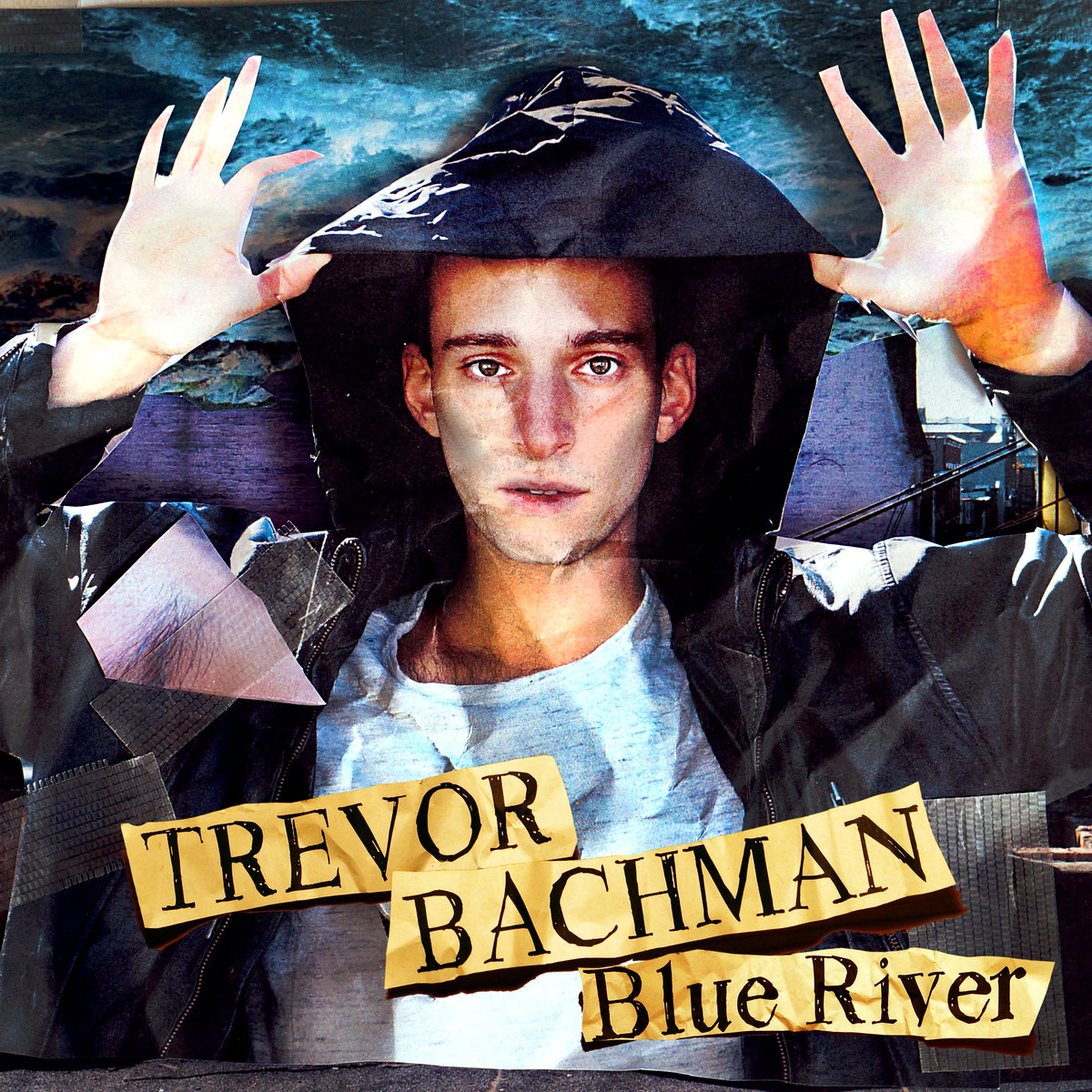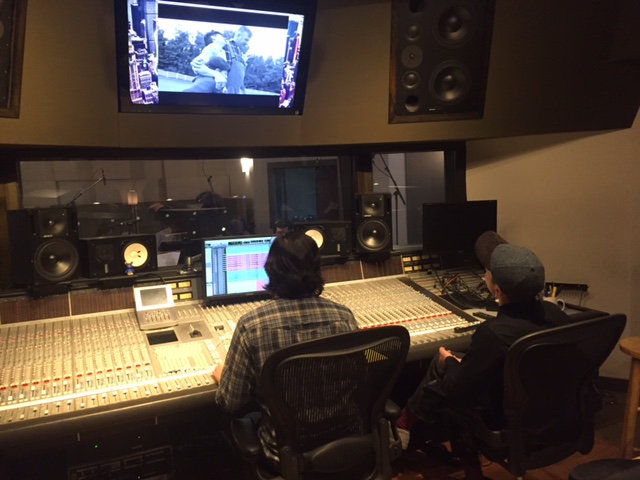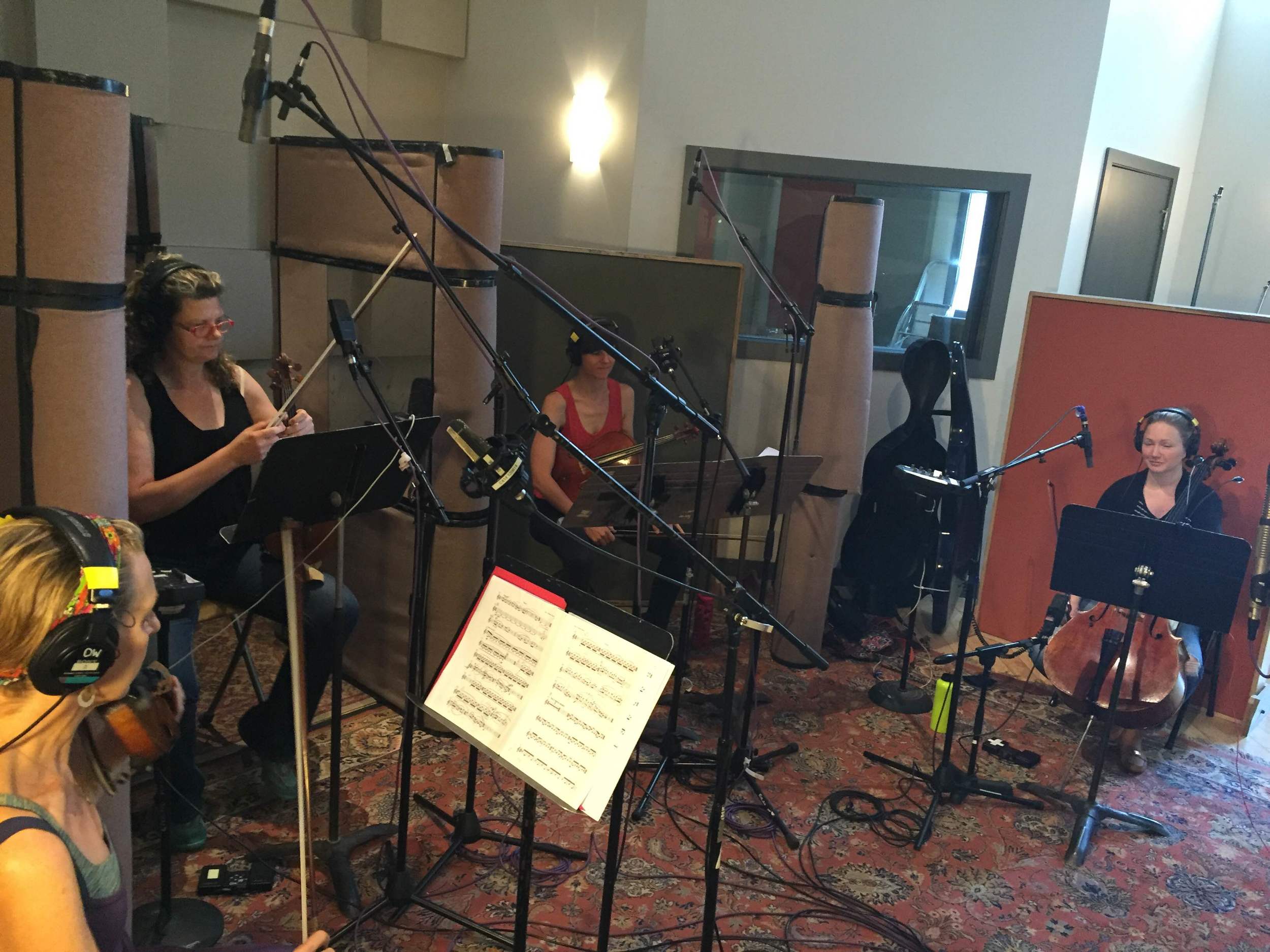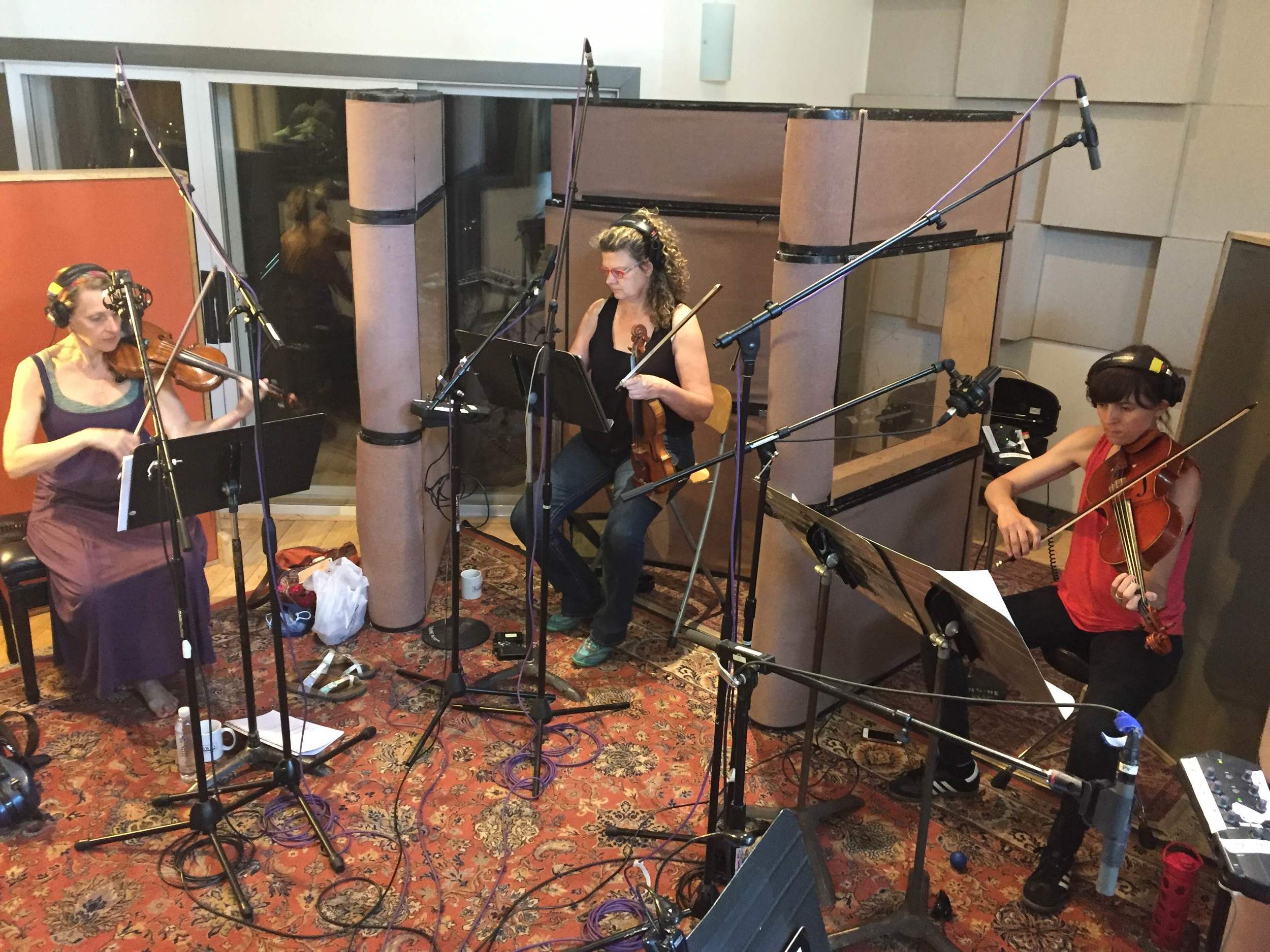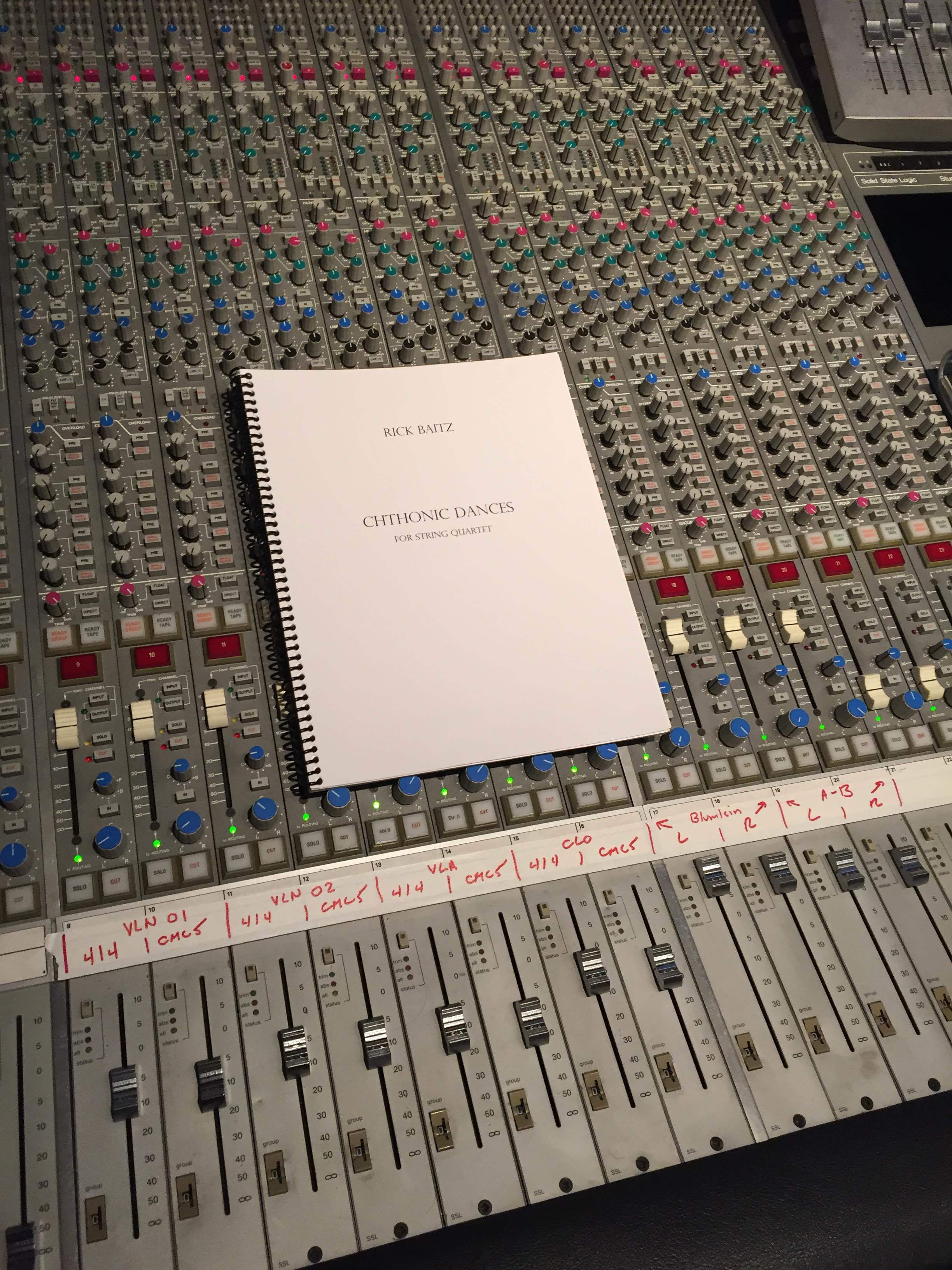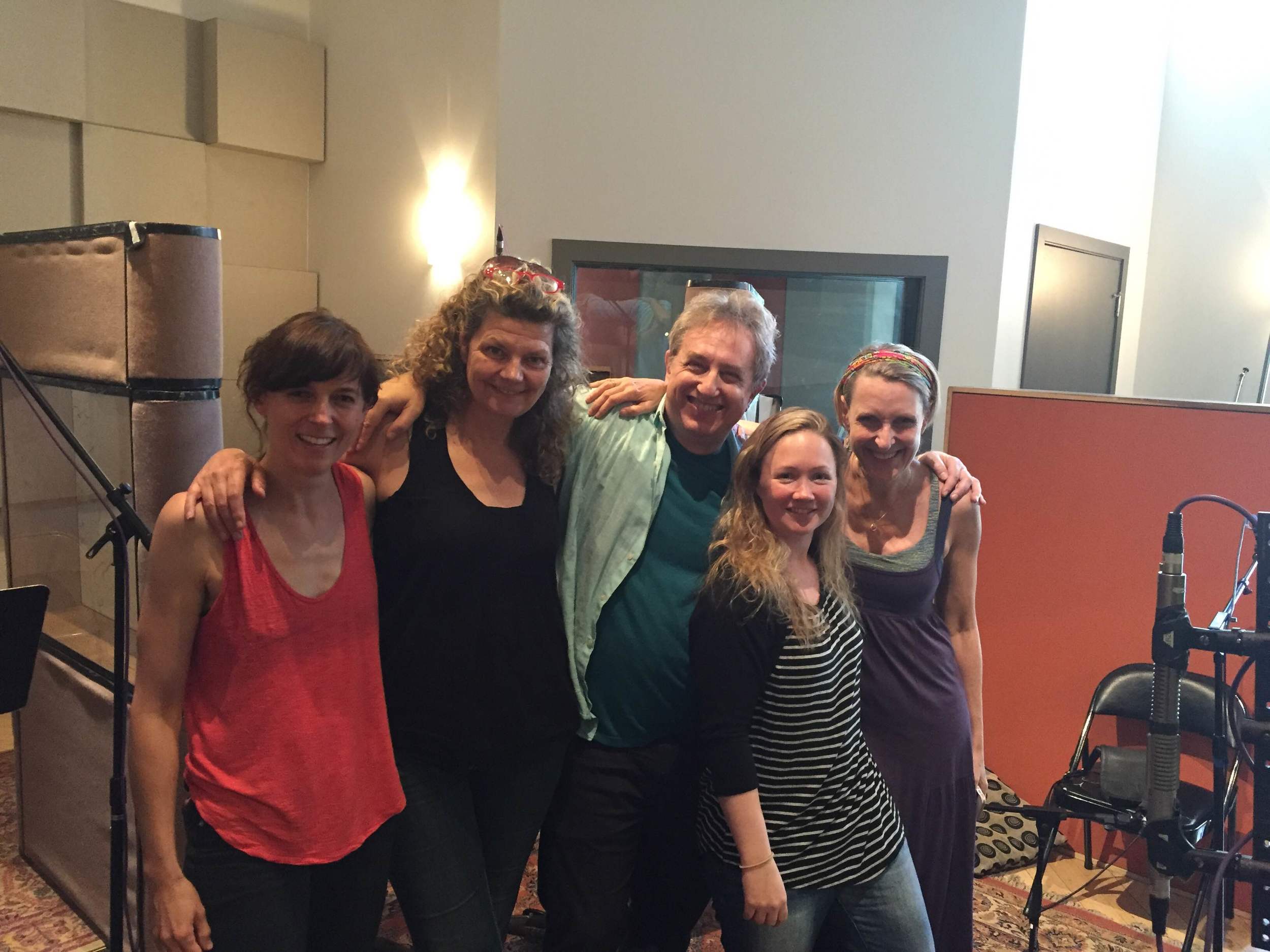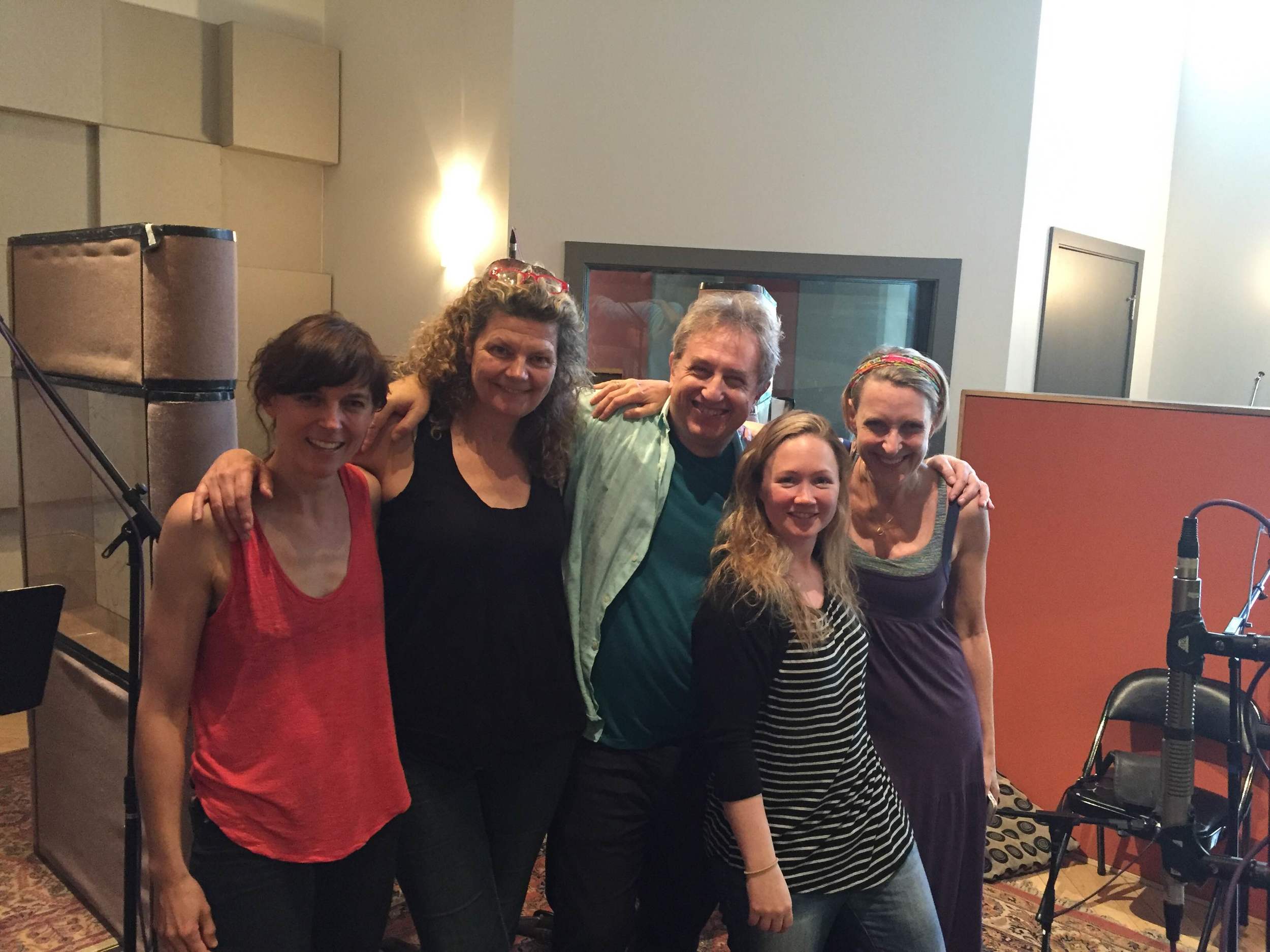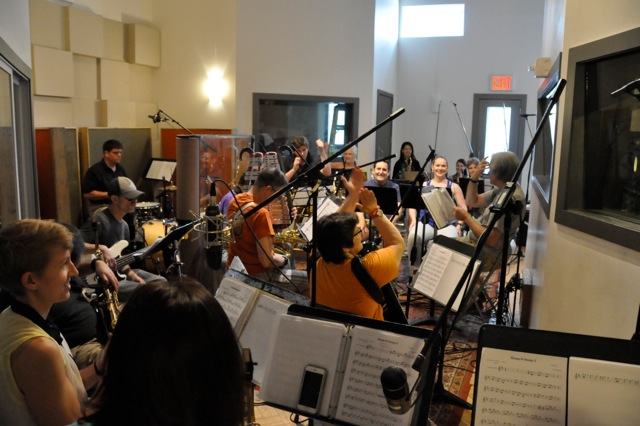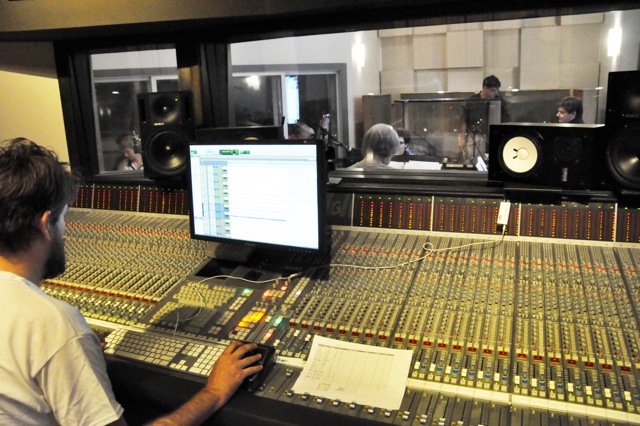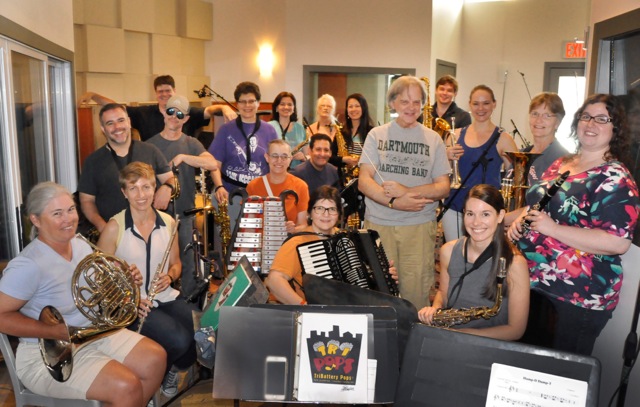There are lots of ways and lots of reasons to synchronize audio/video workstations. No matter if you're syncing two Pro Tools systems, Logic to Ableton Live, or an old-fashioned video deck and Nuendo, the concepts are the same. Clock reference determines how fast everything is going. You can get clock from an AES/EBU signal, a video signal, or even an optical audio signal. Clock keeps systems from drifting. Positional reference tells the systems where they are. System A says "I'm at 1 hour, 12 minutes, 3 seconds and 19 frames... NOW!" And in each case you need to have a master and a slave.
Today, I sent old-fashioned LTC (longitudinal timecode) from Pro Tools on my laptop (the master) to the SYNC I/O connected to our desktop Pro Tools system (the slave). As long as the desktop system was online (flashing clock in the transport), it responded as the slave.
But there was an important oversight: I didn't connect the word clock output of the laptop/Ensemble to the word clock input of the SYNC I/O, so my demonstration was lacking a common clock reference. Next time, I promise!
Reading the manual on the train tonight, I was happy to discover that our old SYNC does support the HD video frame rate of 23.976: "The 24 fps LED flashes to indicate 23.976 fps." Which is exactly what we saw went I sent 23.976 LTC.
Homework: I've been reading up on RTS (Remote Transport Sync), which is a proprietary method of synchronizing two Source Connect systems over the internet. To make it work, you must instanciate the "Se ReWire" plug-in in Pro Tools so SC and PT can speak positional reference.




